I am trying to present a UIViewController inside a UIPopoverController. I've designed a view controller in Interface Builder, gave it a custom class (let's say MyAppTestViewController) and I'm trying to create a popover this way:
MyAppTestViewController *fxViewController = [MyAppTestViewController new];
self.fxPopover = [[UIPopoverController alloc] initWithContentViewController:fxViewController];
self.fxPopover.popoverContentSize = CGSizeMake(1024, 120);
[self.fxPopover presentPopoverFromBarButtonItem:_fxButton permittedArrowDirections:UIPopoverArrowDirectionDown animated:NO];
When I press the button, a popover is displayed at the correct place with the correct size, but it is empty. I've verified that the MyAppTestViewController's viewDidAppear method is being called (by NSLog), but the Popover's inside is empty:

Am I missing something?
